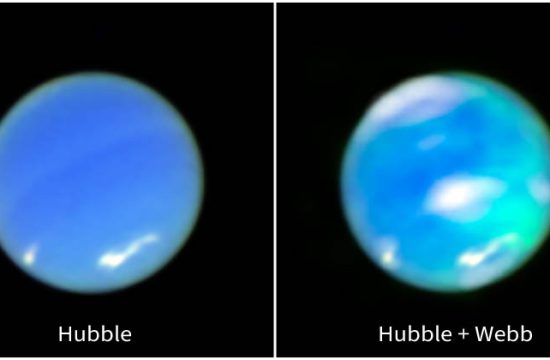
NASA’s Webb Captures Neptune’s Auroras For First Time
For the first time, NASA’s James Webb Space Telescope has captured bright auroral activity on Neptune. Auroras occur when energetic particles, often originating from the Sun, become trapped in a planet’s magnetic field and eventually ...
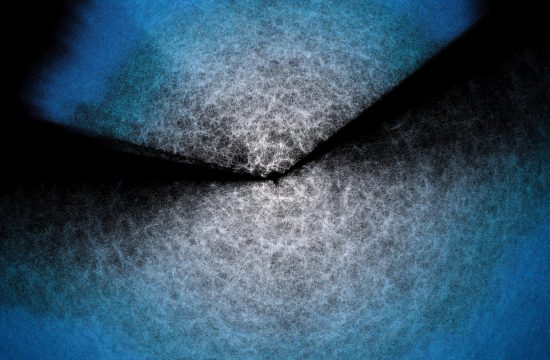
Tantalizing Hints That Dark Energy is Evolving — New Results and Data Released by the DESI Project
The DESI collaboration has published a new analysis of dark energy using their first three years of collected data, which spans nearly 15 million galaxies and quasars. Combined with studies of the cosmic microwave background, ...
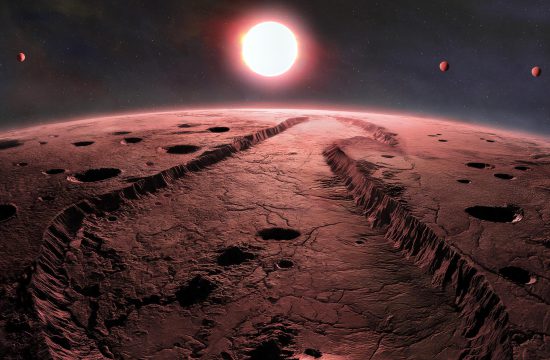
Planetary System Found Around Nearest Single Star
Using in part the Gemini North telescope, one half of the International Gemini Observatory, partly funded by the U.S. National Science Foundation and operated by NSF NOIRLab, astronomers have discovered four sub-Earth exoplanets orbiting Barnard’s ...
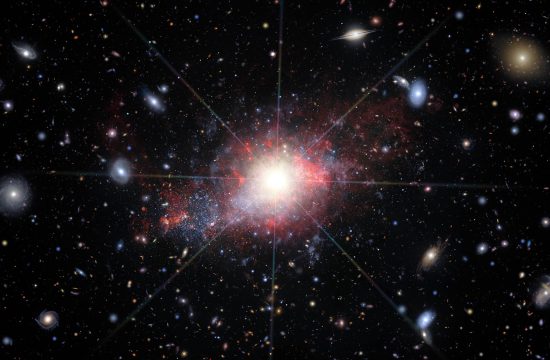
DESI Uncovers 300 New Intermediate-Mass Black Holes Plus 2500 New Active Black Holes in Dwarf Galaxies
Within the Dark Energy Spectroscopic Instrument’s early data, scientists have uncovered the largest samples ever of intermediate-mass black holes and dwarf galaxies hosting an active black hole, more than tripling the existing census of both ...
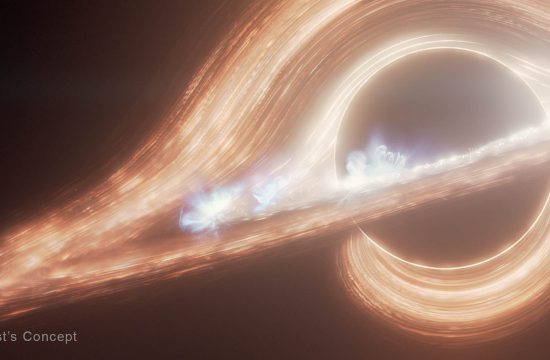
Webb Reveals Rapid-Fire Light Show From Milky Way’s Central Black Hole
The supermassive black hole at the center of the Milky Way appears to be having a party, complete with a disco ball-style light show. Using NASA’s James Webb Space Telescope, a team of astrophysicists has ...
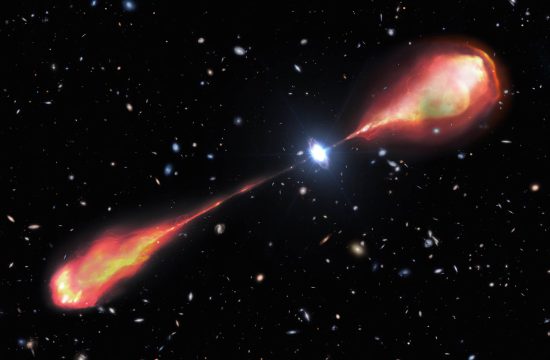
Gemini North Teams Up With LOFAR to Reveal Largest Radio Jet Ever Seen in the Early Universe
From decades of astronomical observations scientists know that most galaxies contain massive black holes at their centers. The gas and dust falling into these black holes liberates an enormous amount of energy as a result ...
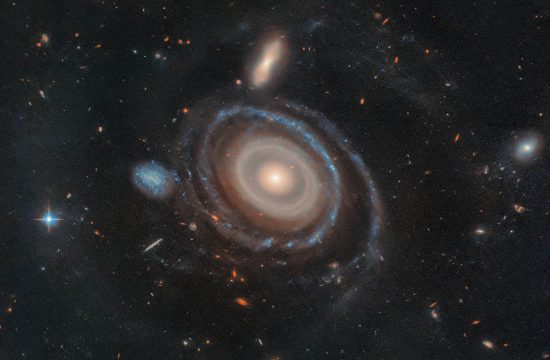
Straight Shot: Hubble Investigates Galaxy with Nine Rings
NASA's Hubble Space Telescope has captured a cosmic bullseye! The gargantuan galaxy LEDA 1313424 is rippling with nine star-filled rings after an "arrow" — a far smaller blue dwarf galaxy — shot through its heart ...
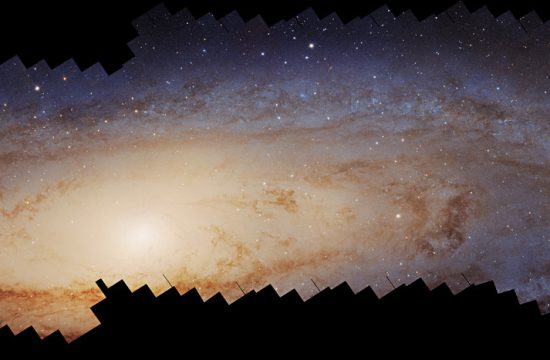
NASA’s Hubble Traces Hidden History of Andromeda Galaxy
In the years following the launch of NASA's Hubble Space Telescope, astronomers have tallied over 1 trillion galaxies in the universe. But only one galaxy stands out as the most important nearby stellar island to ...
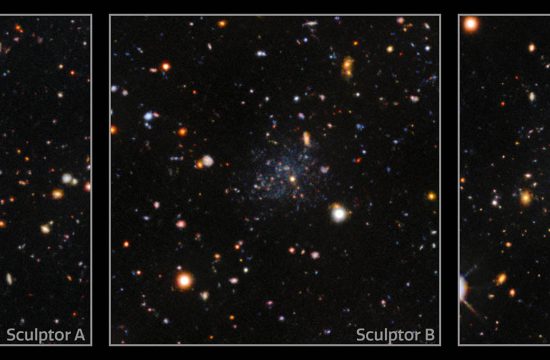
DECam and Gemini South Discover Three Tiny ‘Stellar-Ghost-Town’ Galaxies
By combining data from the DESI Legacy Imaging Surveys and the Gemini South telescope, astronomers have investigated three ultra-faint dwarf galaxies that reside in a region of space isolated from the environmental influence of larger ...
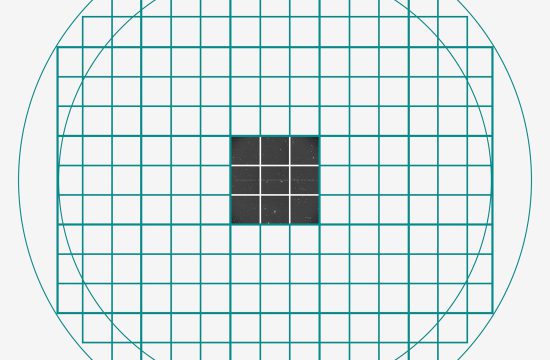
Testing, Testing! NSF–DOE Vera C. Rubin Observatory Completes Comprehensive System Tests With Flying Colors
After ten years of construction, NSF–DOE Vera C. Rubin Observatory is less than one year away from the start of its transformational movie of our changing night sky. In preparation for this monumental production, the observatory has ...
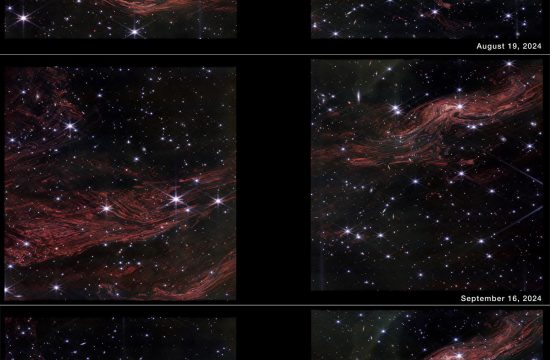
NASA’s Webb Reveals Intricate Layers of Interstellar Dust, Gas
Once upon a time, the core of a massive star collapsed, creating a shockwave that blasted outward, ripping the star apart as it went. When the shockwave reached the star’s surface, it punched through, generating ...
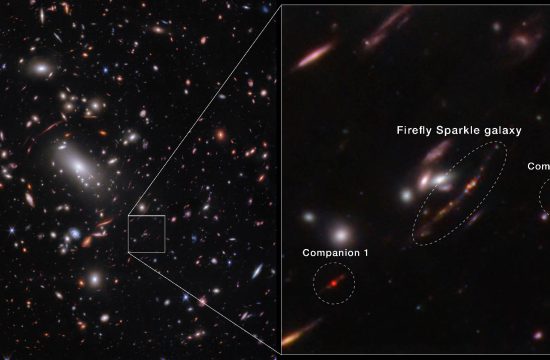
Found: First Actively Forming Galaxy as Lightweight as Young Milky Way
For the first time, NASA’s James Webb Space Telescope has detected and “weighed” a galaxy that not only existed around 600 million years after the big bang, but is also similar to what our Milky ...
